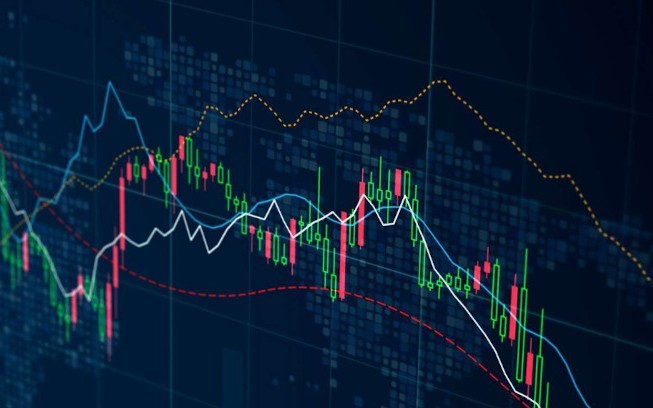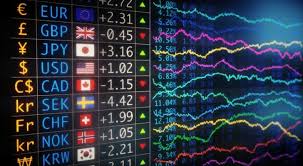
Understanding Pips in Forex Trading: A Comprehensive Guide
In the world of Forex trading, one term that you will frequently encounter is “pip.” A pip, or “percentage in point,” is the smallest price movement that a given exchange rate can make based on market convention. It’s essential to understand how pips work in Forex trading, as they can significantly affect your trading strategies and decisions. If you want to explore efficient trading strategies and tools, check out the forex trading pip Best Crypto Apps for advanced insights.
What is a Pip?
A pip typically represents a one-digit movement in the fourth decimal place of a currency pair. For example, if the EUR/USD pair moves from 1.1050 to 1.1051, that 0.0001 USD rise is one pip. However, there are notable exceptions like the Japanese yen pairs, where pips are determined by the second decimal place. Therefore, a movement from 110.10 to 110.11 would also represent one pip.
Why Are Pips Important?
Pips are vital in Forex trading because they provide a standardized way to measure price movements. This measurement helps traders define their profit margins and loss thresholds clearly. Here are some reasons why understanding and calculating pips are crucial:
- Risk Management: Determining how many pips you are willing to risk on a trade helps in setting stop-loss orders, ensuring disciplined trading.
- Profit Calculations: Pips allow traders to calculate their potential earnings based on the number of pips a trade moves in their favor.
- Performance Analysis: Tracking pip gains/losses can help you evaluate your trading strategies and overall performance over time.
The Value of a Pip
The monetary value of a pip depends on the size of your trade (often referred to as “lot size”). In Forex trading, lots can be classified into three categories:
- Standard Lot: Represents 100,000 units of the base currency. In this case, one pip is worth $10.
- Mini Lot: Represents 10,000 units of the base currency. Here, one pip is worth $1.
- Micro Lot: Represents 1,000 units of the base currency. In this case, one pip is worth $0.10.
The value can also vary depending on the currency pair being traded and current market conditions.
Pip Calculation Examples
Suppose you are trading the EUR/USD with a lot size of one standard lot (100,000 units). Let’s say you bought the pair at 1.1000, and it rises to 1.1005. That’s a move of 5 pips. To calculate the profit:

Profit = Number of Pips x Pip Value Profit = 5 pips x $10 = $50
This means you would earn a profit of $50 on this trade. Similarly, in yen pairs like USD/JPY, a movement from 110.00 to 110.05 would also mean a gain of 5 pips.
Strategies to Utilize Pips Effectively
Understanding and correctly utilizing pips can significantly improve your trading outcomes. Here are some strategies to consider:
1. Setting Stop-Loss and Take-Profit Orders
One of the most effective ways to manage your risk is by setting stop-loss and take-profit levels based on pips. By determining an acceptable number of pips to risk on each trade, you can effectively limit losses while objectively securing profits.
2. Utilizing Technical Analysis
Pips can be used in technical analysis to identify support and resistance levels. By observing how many pips the price has moved before hitting a certain level, you can gauge potential price reactions and make informed trading decisions.
3. Building a Trading Plan
Incorporate pip calculations into your trading plan. For example, determine how many pips you are targeting for each trade based on historical data and volatility. This planned approach helps maintain discipline and emotional control.
Conclusion
In conclusion, understanding pips is fundamental for anyone involved in Forex trading. From defining risk management strategies to calculating profit margins, the importance of pips cannot be overstated. By incorporating pip calculations into your trading plan and employing sound strategies based on this knowledge, you will be better equipped to navigate the complexities of the Forex market successfully.
